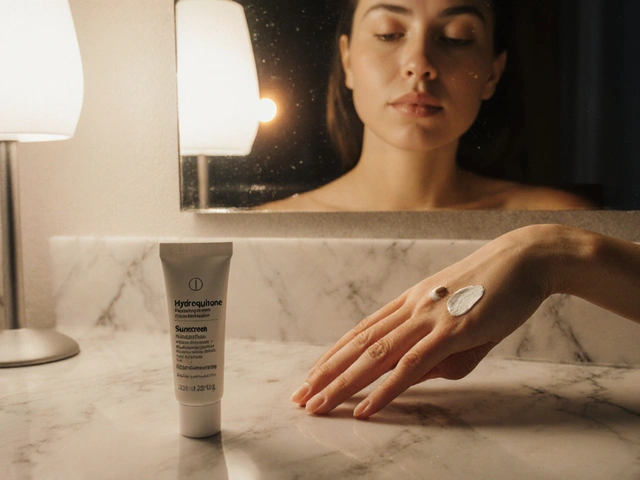Ritonavir and the digital age: Leveraging technology for improved HIV care
May 13 2023Ornidazole – Uses, Dosage, Side Effects & Safety Tips
If a doctor has prescribed ornithozole (often just called ornidazole), you probably wonder what it does and how to take it right. In plain terms, ornidazole is an anti‑protozoal medication that fights infections like amoebiasis, giardiasis and trichomoniasis. It works by stopping the parasites from making DNA, which kills them off.
Knowing when you actually need this drug saves you from unnecessary side effects. Your doctor will usually order a stool test or a lab swab to confirm a protozoal infection before writing a prescription. If you have symptoms such as persistent diarrhea, abdominal cramps, foul‑smelling stools or vaginal discharge that doesn’t improve with regular antibiotics, ornidazole might be the right choice.
When to Use Ornidazole
The main conditions treated with ornidazole are:
- Amoebic dysentery (Entamoeba histolytica) – causes bloody diarrhea and liver abscesses.
- Giardiasis (Giardia lamblia) – leads to greasy stools, bloating and weight loss.
- Trichomoniasis – a sexually transmitted infection that creates itching and unusual discharge.
In each case the drug is usually taken for 5‑10 days. Shorter courses risk letting some parasites survive; longer courses can raise the chance of stomach upset.
How to Take It Safely
Follow these practical steps:
- Take with food. Eating a small meal reduces nausea and helps absorption.
- Stick to the schedule. If you’re told to take it twice daily, set an alarm so doses stay 12 hours apart.
- Avoid alcohol. Drinking while on ornidazole can cause a harsh reaction – flushing, rapid heartbeat and vomiting. Skip booze for at least 48 hours after your last dose.
- Watch for side effects. Common ones include mild stomach pain, headache or a metallic taste. If you get severe rash, difficulty breathing or persistent diarrhea, call your doctor right away.
- Check other meds. Ornidazole can interact with blood thinners (like warfarin) and some seizure drugs. Tell your pharmacist about everything you’re taking.
Store the tablets in a cool, dry place out of reach of children. Don’t toss unused pills down the trash; ask a pharmacy for safe disposal.
Most people finish their course without trouble, and the infection clears up quickly. If symptoms linger after completing therapy, return to your clinician – you might need another round or a different drug.
Bottom line: ornidazole is a solid option for protozoal infections when used exactly as prescribed. Keep the dosage schedule tight, avoid alcohol, watch for any odd reactions and stay in touch with your healthcare provider if anything feels off.
 21 May
21 May
A Guide to Ornidazole Storage: Tips and Best Practices
In my latest blog post, I've put together a comprehensive guide on Ornidazole storage, providing essential tips and best practices. I cover the importance of keeping it at the right temperature and away from moisture to maintain its effectiveness. I also discuss the significance of proper storage in relation to the drug's expiration date. Additionally, I share some practical advice on keeping Ornidazole out of reach of children and pets. Check out my post to ensure you're storing your medication correctly for optimal results and safety.
Read More...




